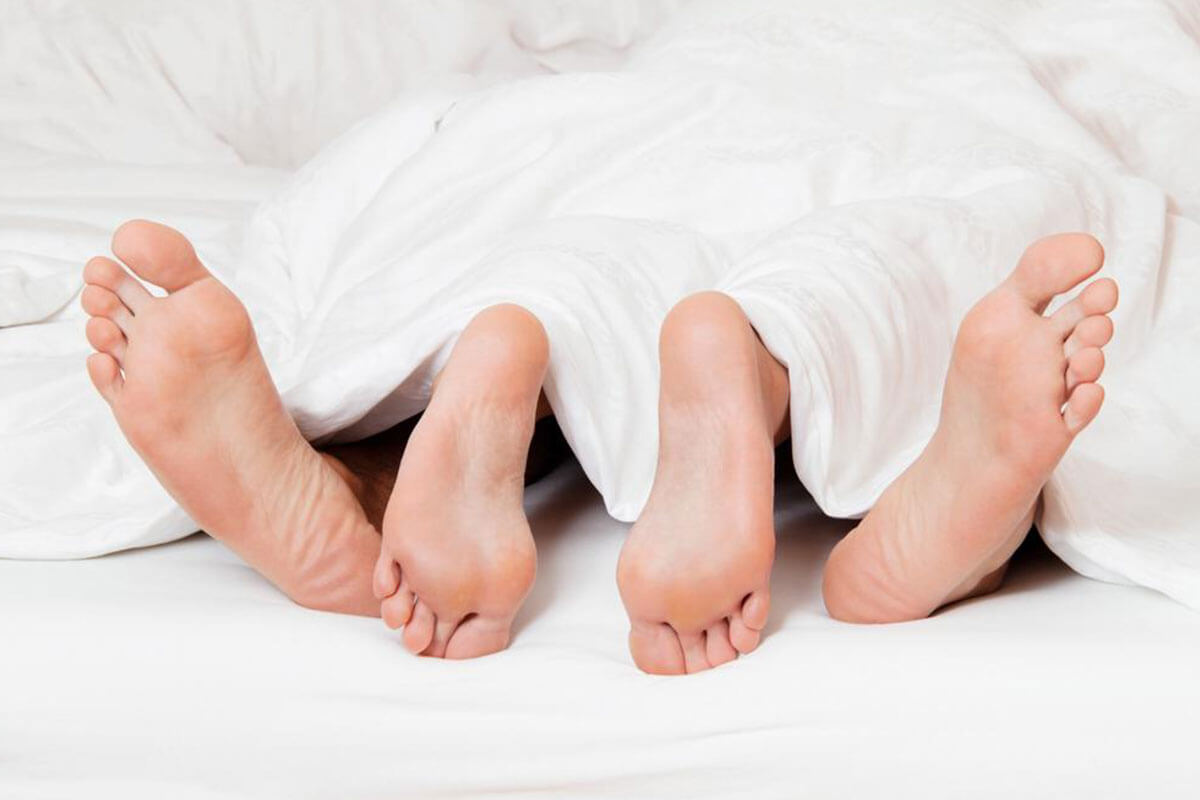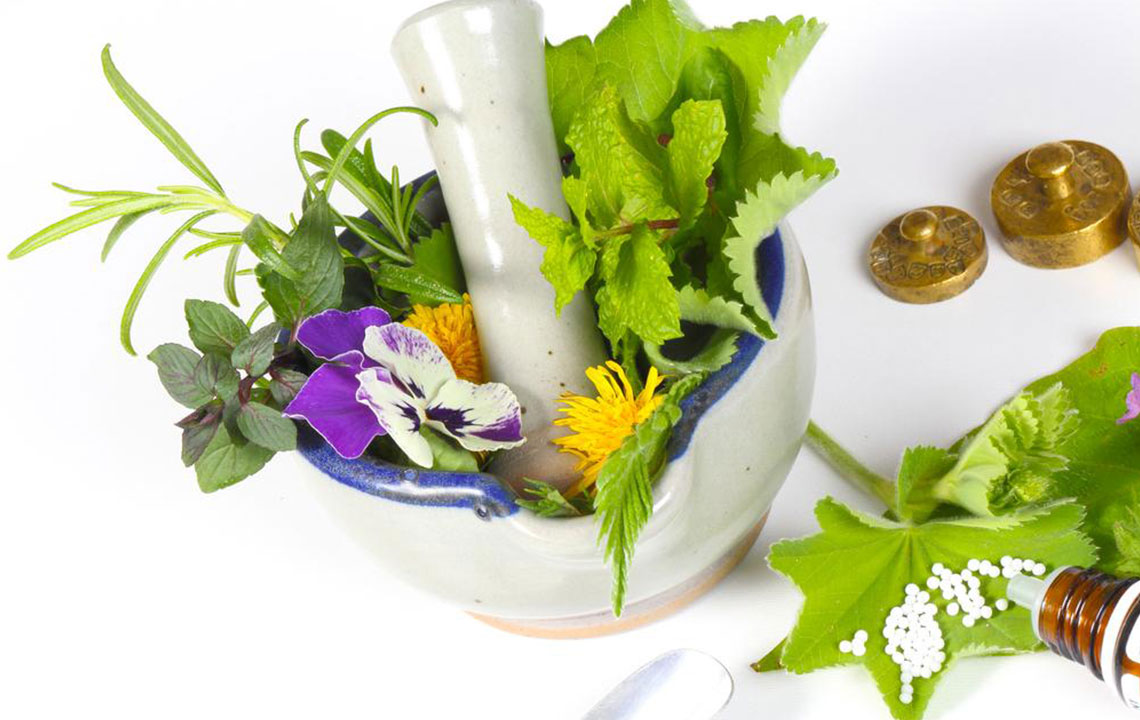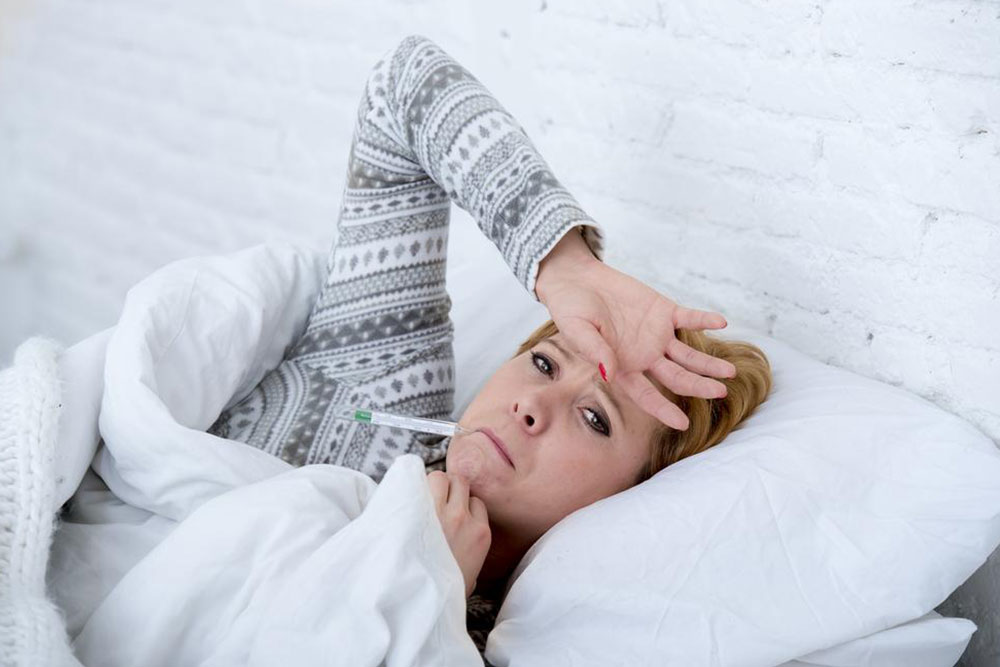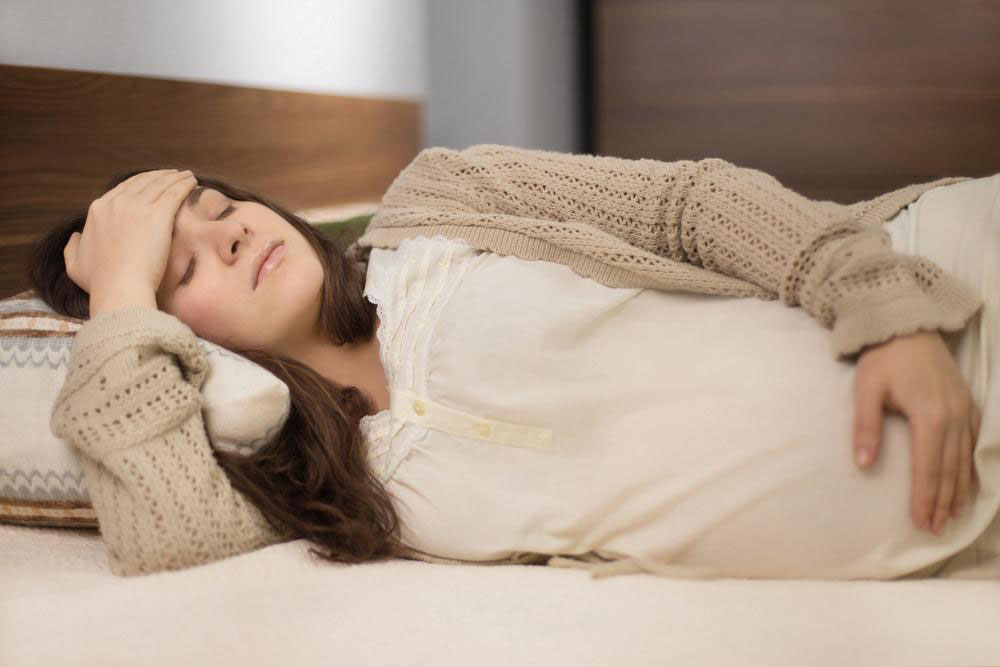Comprehensive Guide to Female Sexual Desire Disorder: Causes, Symptoms, and Effective Treatment Options
This comprehensive article explores Female Sexual Desire Disorder (FSDD), detailing its causes, symptoms, and various treatment options. It emphasizes the importance of early diagnosis and professional support to restore healthy sexual desire. Covering physical, psychological, hormonal, and relational factors, the guide provides women with essential knowledge to recognize symptoms and seek effective interventions for improved intimacy and well-being.
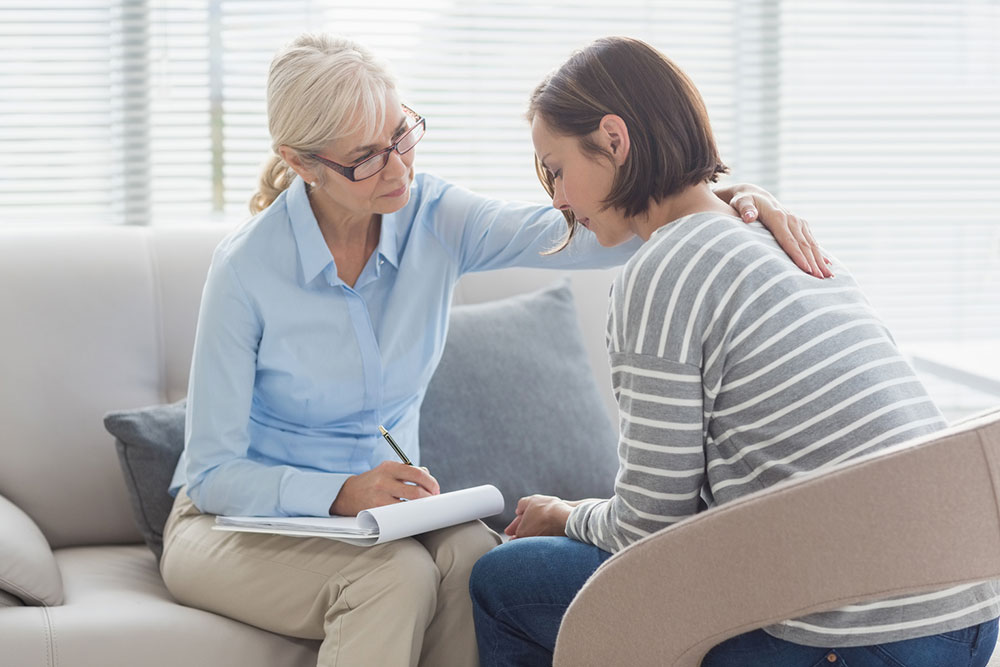
Comprehensive Guide to Female Sexual Desire Disorder: Causes, Symptoms, and Effective Treatment Options
Female Sexual Desire Disorder (FSDD), commonly referred to as low libido, is a condition that significantly impacts women's interest in sexual activity. While fluctuations in desire are normal throughout different life stages, persistent low sexual desire lasting more than six months can interfere with relationships and diminish self-esteem. Recognizing this condition early and seeking appropriate medical intervention can greatly enhance a woman's overall well-being and intimacy life. Many women mistakenly attribute their symptoms to aging or fatigue, but understanding the root causes and available treatment options is crucial for restoring sexual health and confidence.
Identifying the Symptoms of Low Libido
Lack of interest or complete disinterest in sexual activity
Few or no sexual thoughts, fantasies, or daydreams
Discomfort or displeasure during intimacy
Absence of pleasurable sensations during genital contact
Unwillingness or no desire to initiate sexual activity
If these symptoms persist for more than six months, it is crucial to consult a healthcare provider. Persistent low libido could indicate Female Sexual Desire Disorder (FSDD) rather than normal aging or temporary fatigue, and professional guidance is essential for appropriate diagnosis and treatment.
Common Causes of Female Sexual Desire Disorder
Pain experienced during sex or difficulties achieving orgasm, which can diminish desire.
Chronic health conditions like arthritis, diabetes, hypertension, or neurological disorders that can impact libido.
Certain medications, especially antidepressants and other psychoactive drugs, known to lower sexual interest.
Habits such as smoking, which reduces blood flow and impairs arousal; excessive alcohol intake can also negatively affect desire.
Surgical procedures involving the breasts or genital area, sometimes resulting in psychological or physical impacts on libido.
Fatigue stemming from illness, recovery, or ongoing health issues, leading to diminished sexual interest.
Psychological Factors Contributing to Low Libido
Depression and anxiety disorders, which can heavily influence sexual desire.
Stress related to work, finances, or social pressures, leading to decreased interest in intimacy.
Negative body image or dissatisfaction with physical appearance.
Low self-esteem that reduces confidence in sexual experiences.
History of trauma, abuse, or relationship conflicts affecting sexual motivation and comfort.
Hormonal Factors Affecting Libido
Menopause causes a drop in estrogen levels, leading to vaginal dryness, discomfort, and decreased desire, which can make sex less pleasurable and more challenging.
Postpartum hormonal shifts, coupled with body image concerns and fatigue, often contribute to reduced libido during and after pregnancy.
Additional variables include relationship issues, poor communication with partners, unresolved conflicts, or loss of attraction. Often, several factors may coexist, amplifying the impact on sexual desire. Identifying the precise cause through professional assessment is vital for effective treatment.
Seeking medical and psychological support allows women to understand their symptoms better and explore suitable treatment options. Whether it's medication adjustments, hormonal therapy, counseling, or lifestyle modifications, professional help plays a key role in recovery. Remember, experiencing low libido is common among women, and effective interventions are available to improve sexual health, confidence, and overall quality of life. Addressing these issues openly can pave the way for healthier relationships and personal satisfaction.

